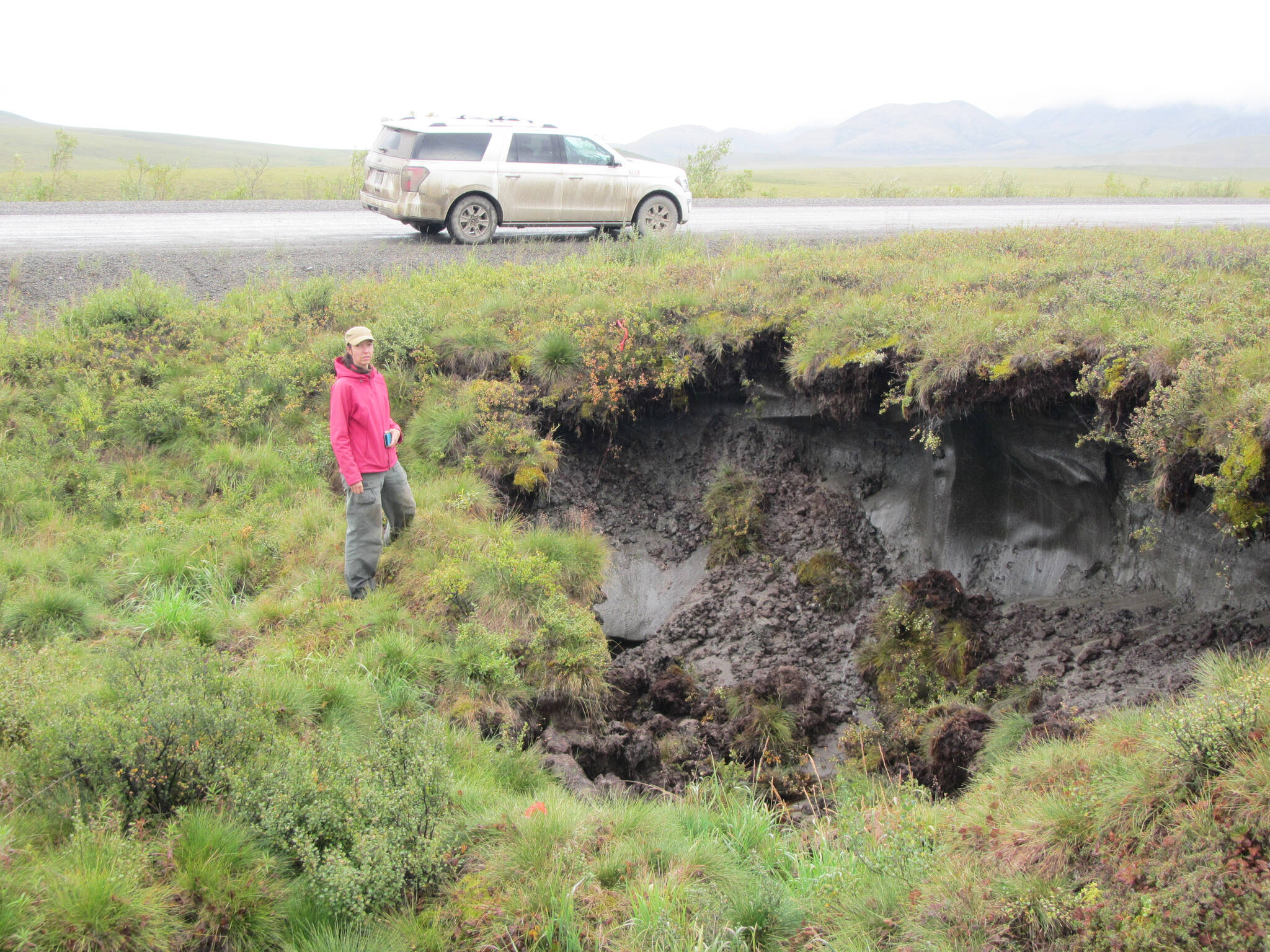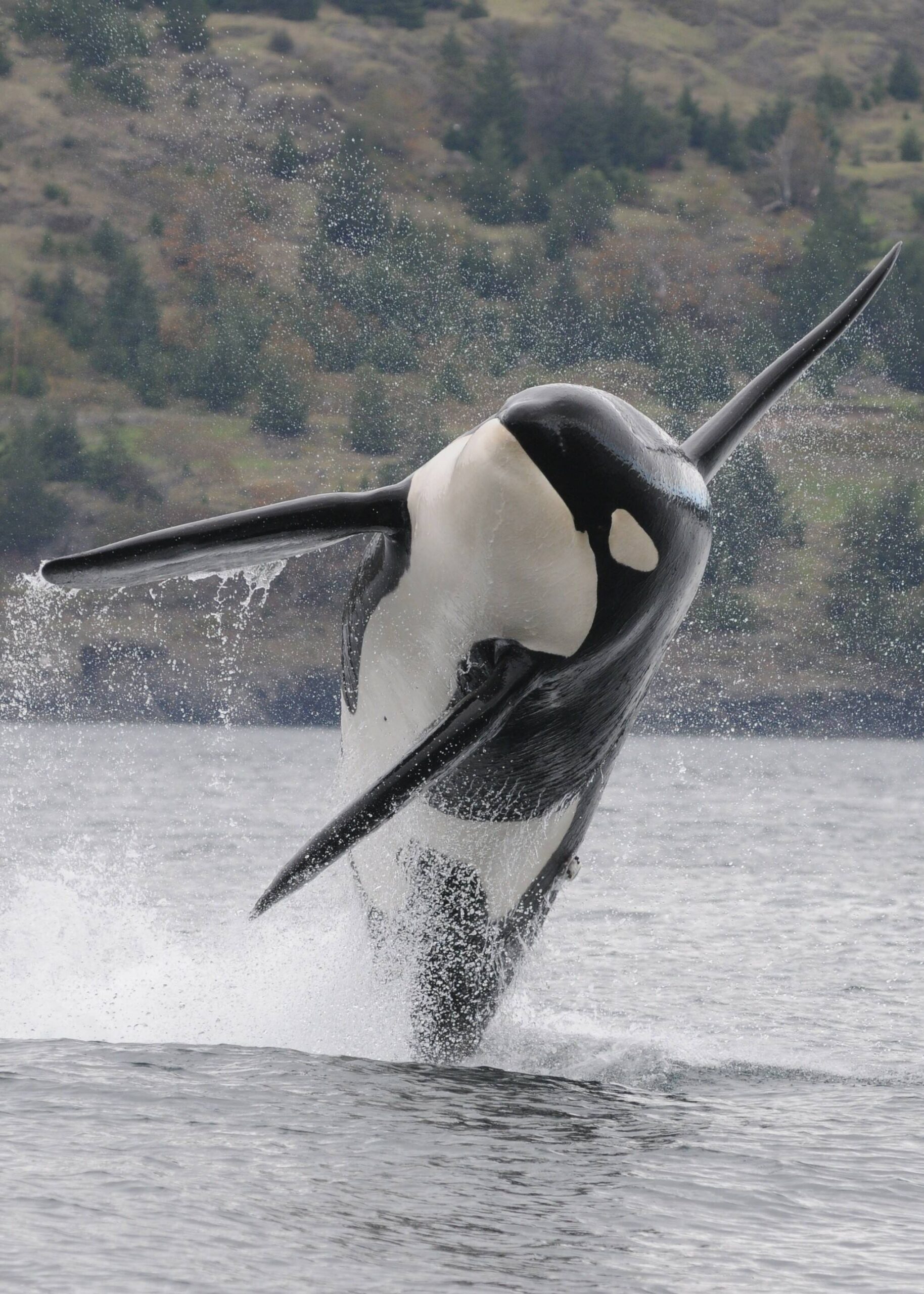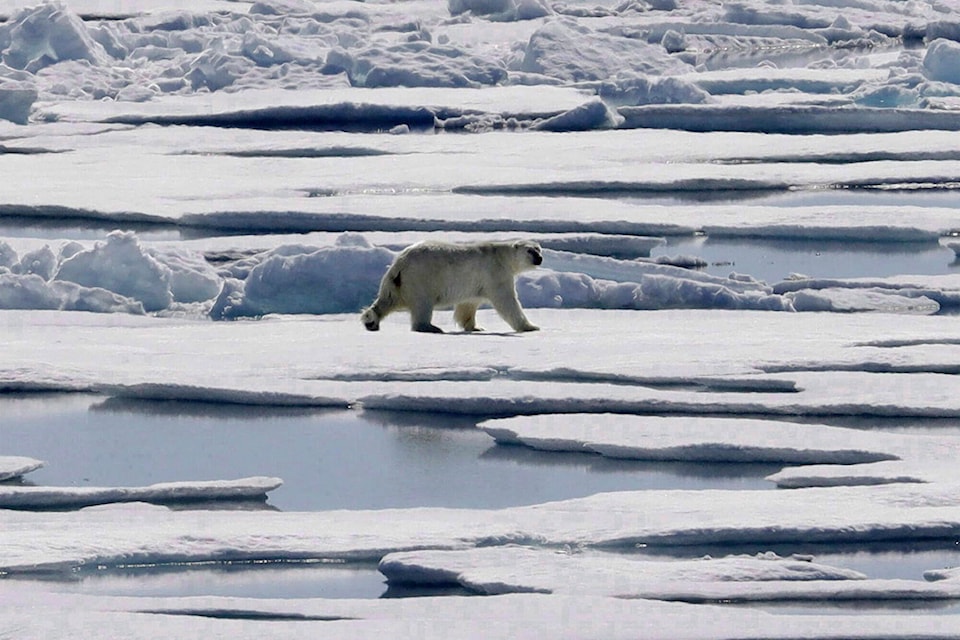
Northerners should be preparing for a dramatically different world within the coming decade, warn climate scientists, after a recent study concluded the Arctic summers could be ice free by the 2030s.
Previous studies had estimated an ice-free Arctic ocean by the 2050s, but the new study, lead by Yeon-Hee Kim of Pohang University of Science and Technology in South Korea, found that not only had previous models underestimated the rate of sea ice decline — they also underestimated the impact of greenhouse gases on sea ice decline. As it turns out, the build up of GHGs in the Arctic is contributing to sea ice loss all year round.
With the new data, the scientists are predicting ice free summers by as early as the 2030s and most likely occurring by the 2040s, depending on the scenario. But the chance to keep the status quo has passed us by.
“Satellite observations show that Arctic sea ice extent is decreasing faster than climate models simulate on average,” said Environment and Climate Change Canada research scientist Dr. Nathan Gillett, who was a co-author of the study. “When we correct for this difference, we project a faster rate of decline in the future and an earlier ice-free Arctic, by about ten years.
“Under most scenarios the chance of an ice-free Arctic will exceed five per cent, or one in twenty, during the 2030s with a best estimate of an ice-free Arctic in the 2040s.”
As serious as ice free summers would be to the ecology, the geography and the cultures of the North, Dr. Gillett noted the term should not be taken literally. Ice free summers do not mean there would be no ice from Tuktoyaktuk to Vrange, Russia. The term, initially coined by the Intergovernmental Panel on Climate Change, means “less than 1 million square kilometres of sea ice, or in other words less than 15 per cent of the amount of ice in the Arctic in summer in the early 1980s.” So, there would still be chunks of ice floating around in the open water, which may prove hazardous to large cruise liners and cargo ships expected to fill the gap left by the continuous ice.
The Inuvialuit Regional Corporation has prepared a cruise ship management plan and is now working with Transport Canada to establish strict shipping corridors to oversee the expected increase in ocean traffic over the summers. Increased shipping presence and the noise, heat and pollution associated with is expected to further increase pressure on Arctic ecosystems.
Faster melting means faster erosion
These findings also mean other estimated timelines may need to be sped up, notably erosion of the coast line on the Beaufort Sea. Communities along the coast, notably Tuktoyaktuk, are fighting a battle against coastal erosion as longer open water seasons allow for more waves to hit the coastline. Current estimates suggest significant parts of the community could be washed away by as early as 2050, but with these new findings Dr. Gillett said that could happen faster than expected.
”Decreases in sea ice, including land fast ice, are expected lead to larger waves along Arctic coasts,” he said. “This, together with sea level rise caused by human-induced climate change, is expected to worsen coastal erosion in the Arctic. “A faster rate of projected sea ice decline would be expected to hasten these impacts, which is very concerning for the affected communities.
“Reductions in sea ice also contribute to enhanced warming over the Arctic, including the continents around the Arctic. Enhanced Arctic warming is already contributing to permafrost thaw, and melting of glaciers, ice caps and ice sheets in the Arctic, including the Greenland ice sheet, and these processes will intensify in the future. Melting of glaciers and ice sheets is contributing to sea level rise.”
Thawing permafrost, particularly permafrost with ice in it, can lead to instability in the surround ground, threatening key infrastructure such as the Dempster Highway.
Traditional hunting practices under threat?

With warmer temperatures comes other environmental changes, notably in wildlife. Salmon are already colonizing the Mackenzie Delta, putting pressure on native Arctic Char. Polar bears that rely on ice to hunt will not only have reduced habitat range but face stiff incoming competition for food. A 2019 study in the scientific journal Marine Mammal Science found that the presence of killer whales in the Chukchi Sea has increased dramatically as the ice free season has grown longer. Orcas are already having impacts on Arctic ecosystems in Hudson’s Bay where open water seasons have become longer. Orcas are known to prey on beluga whales when the two live in the same habitat.
Longer open sea ice may also limit migration time for terrestrial Arctic species, such as caribou herds that use the ice to migrate to spring feeding grounds in the Arctic ocean.
“The Arctic is warming rapidly, and the ice-free season has already lengthened around the Arctic, including in the Canadian Arctic,” said Dr. Gillett. “This trend will continue into the future, with longer-ice free seasons. As your readers will know, this is already impacting travel over ice, hunting, and livelihoods in the North, and these impacts will intensify in the future.
“So I expect the impacts to be dramatic for many people in the North, and this is very concerning.”
Many Northerners rely on ice to travel over land and sea, particularly in the spring and fall hunting seasons.
Reduce greenhouse gases — or it’s just going to get worse
While the world may have missed its chance to keep solid, stable ice in the Arctic summer ocean, Dr. Gillett noted there is still an opportunity to minimize just how fast or dramatic the change is. The sooner civilization stops introducing new greenhouse gases into the global system, the sooner the global system can re-stabilize itself.
“While our study does project an ice free Arctic in September event under a low emissions scenario, it will still make a big difference whether we are successful in reducing greenhouse gas emissions rapidly to net zero this century, or whether emissions remain high,” he said. “Under a high emissions scenario, Arctic warming would be much stronger, the ice-free season would be longer, and other Arctic impacts would be much stronger too, compared to a low emissions scenario.
“So while climate change impacts in the North are already being felt, and we are committed to some further warming, we can prevent the most severe impacts by reducing our emissions to net zero as quickly as possible.”
Dr. Gillett pointed out that GHGs such as carbon dioxide and methane have lifetimes of centuries, meaning the damage done is going to be with our descendants for a long time and those greenhouse gases can come from anywhere. However, another major contributor to climate change, black carbon, have a lifetime measured in days and therefore is much more localized in the areas the aerosols affect. Black carbon is produced by burning biomass in open fires or by burning diesel, meaning the volume of diesel burned in the Arctic between now and 2030 will have a significant impact on the rate of change in the Arctic.
